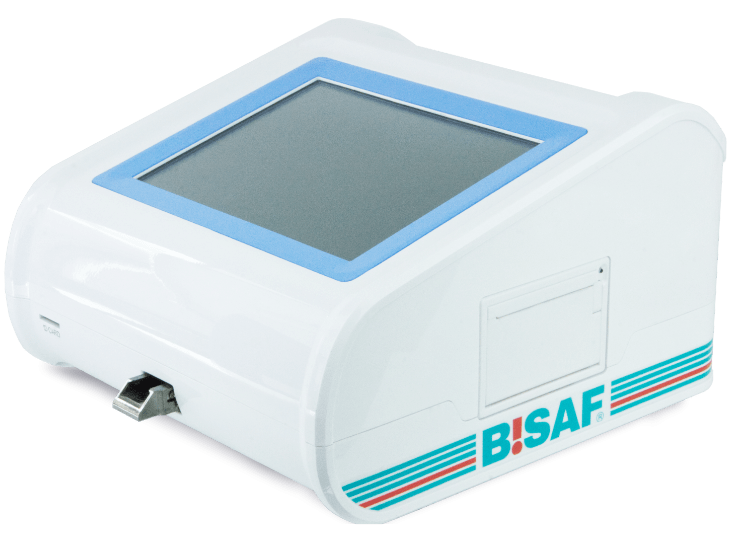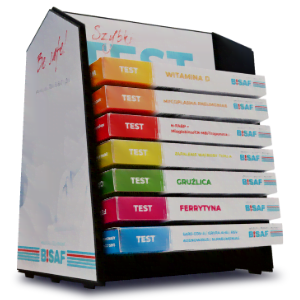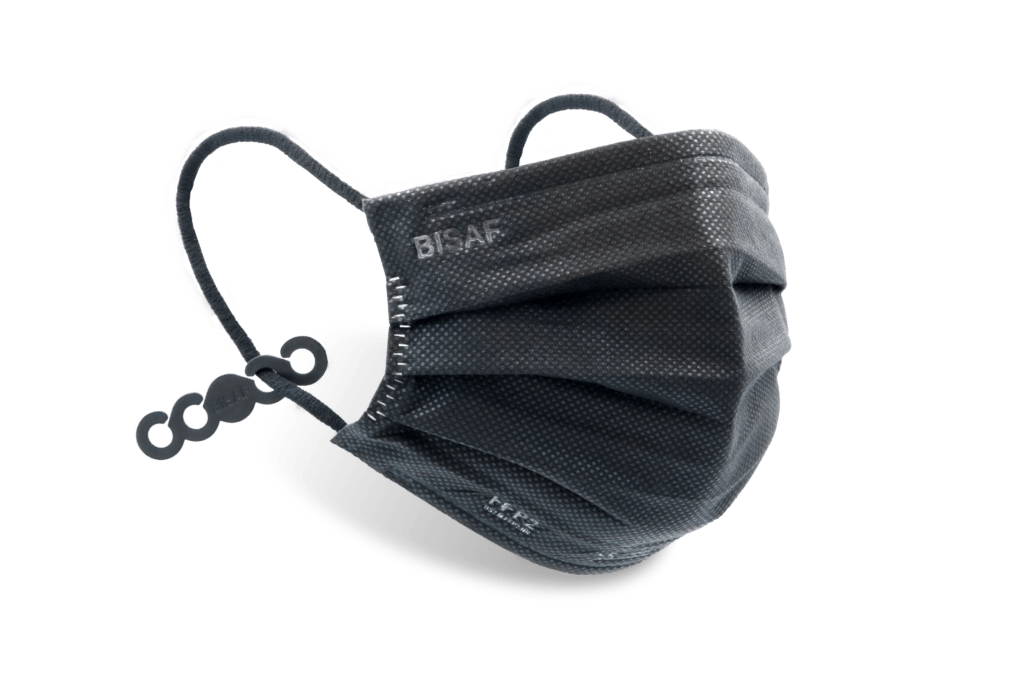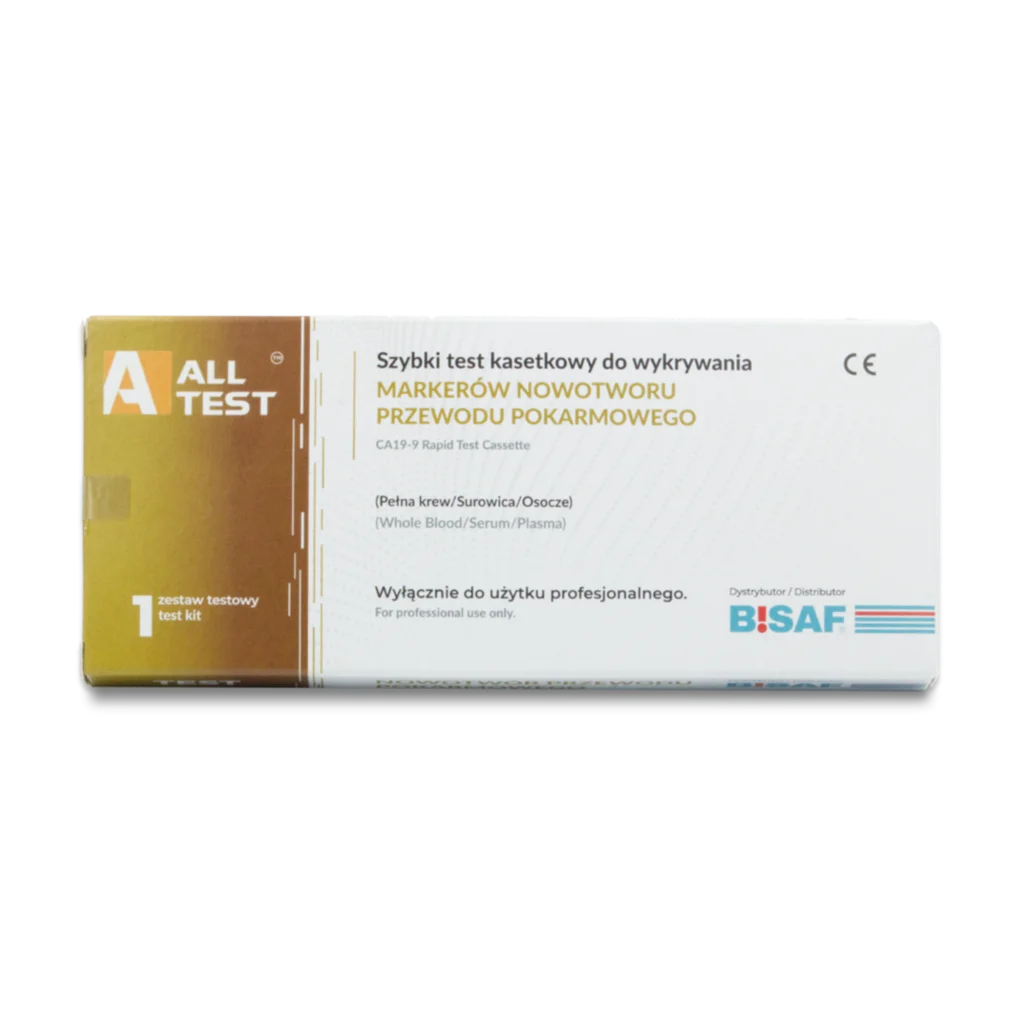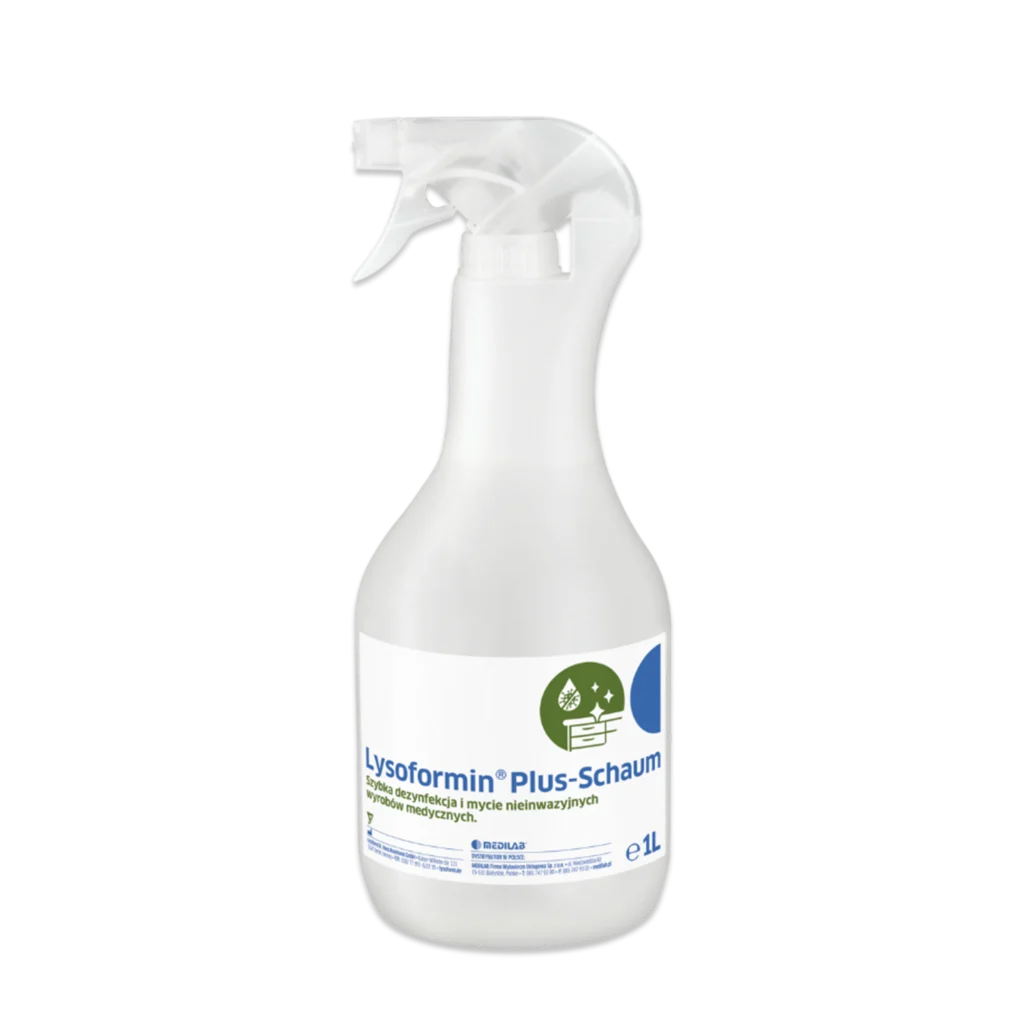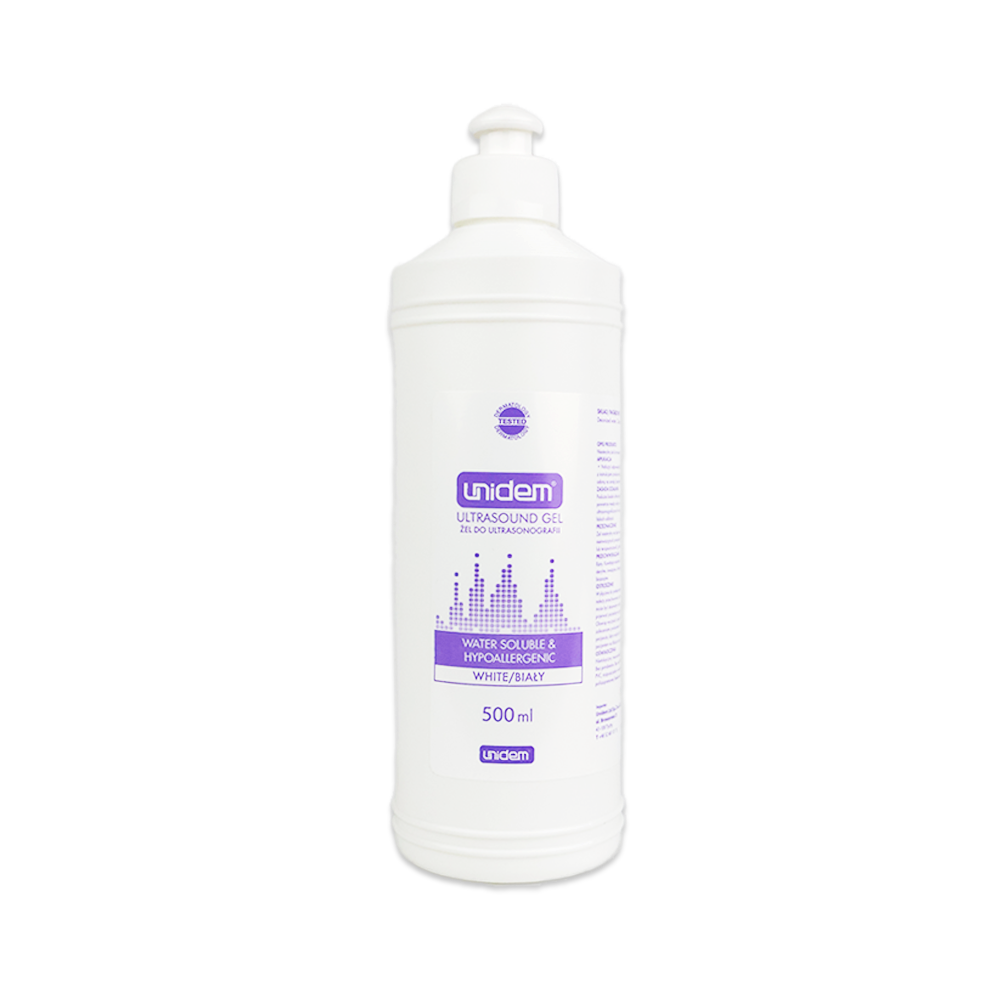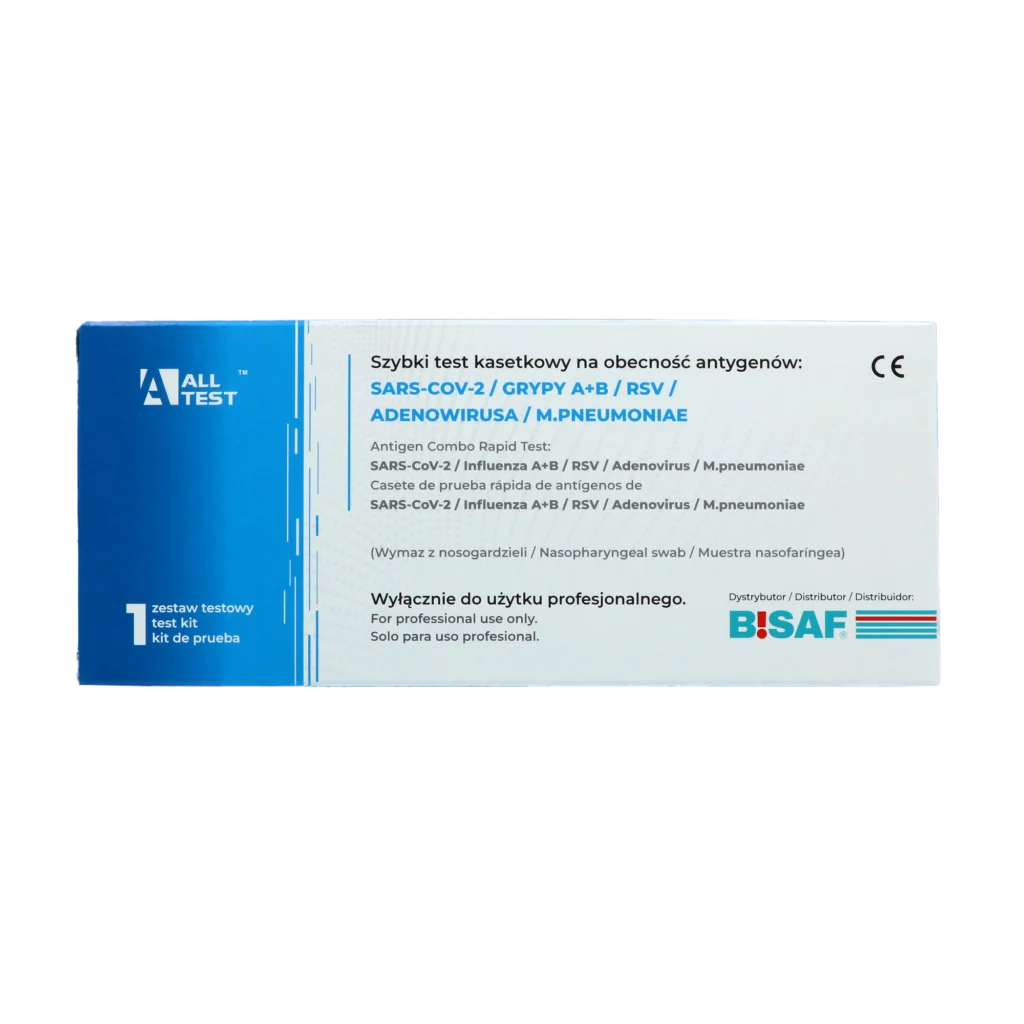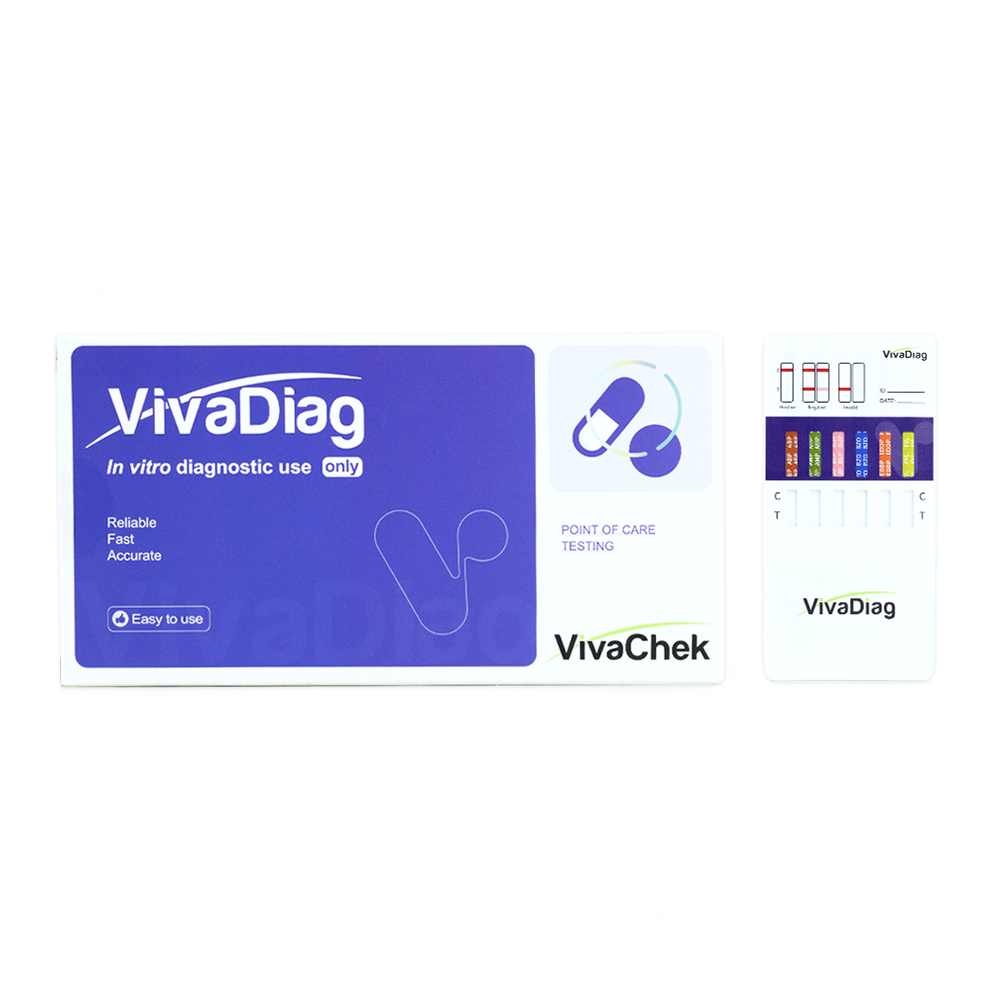Shop
CA15-3 test | breast cancer markers | 1 piece
24,99 PLN per piece
Work efficiently, order profitably!
Place wholesale orders at info@bisaf.pl
Product designed for professional use.
In stock
Product description
Test to determine CA15-3 antibodies to breast cancer
The CA15-3 breast cancer marker rapid cassette test is, a chromatographic immunoassay for the qualitative detection of CA15-3 breast cancer antibodies in a sample of whole blood, serum or plasma. The CA15-3 tumor antigen is a glycoprotein present in the body, the levels of which can be elevated in certain types of cancer, mainly breast cancer. It is used as a diagnostic marker and to monitor the course of breast cancer treatment, making it possible to assess response to therapy and detect possible recurrence of the disease.
The high sensitivity and specificity of this test allow for reliable and accurate results, which are obtained in as little as 10 minutes!
The product is intended for professional use.
This is a medical device. Use it in accordance with the instructions for use or the label.
Properties
- sample material: whole blood, serum or plasma
- convenient collection of the test sample
- specificity: 98.8%, sensitivity: 96.4%, accuracy: 98.3%
- high quality product
- quick result in as little as 10 minutes!
- single packaging
- product designed for professional use
The package contains
- test cassette
- sterile lancet
- buffer
- dropper
- disinfection swab
- instruction manual
Test Application
Our test is ideal for professionals in various fields, especially internists, gynecologists and oncologists, for whom it can be helpful in:
- Diagnosing early stage cancer: CA15-3 tests can help detect breast cancer at an early stage, enabling faster intervention and more effective treatment.
- Monitoring treatment: CA15-3 tests can monitor the effectiveness of therapy in breast cancer patients, allowing doctors to assess treatment response and adjust treatment as needed.
- Detecting recurrence: Once breast cancer treatment is completed, there is a risk of recurrence. CA15-3 tests enable early detection of possible recurrences, allowing a quick response.
- Screening: CA15-3 tests can be used as part of screening in populations at increased risk of breast cancer to detect potential cases of the disease early.
How to perform the test
Note: to make the test performed as reliable as possible, the test should be stored in a dry place at 2-30°C and used before the expiration date. Make sure to bring the sample, cassette and buffer to room temperature (15-30°C) before performing the test.
- Remove the test cassette from the sealed package.
- Clean the patient’s finger with a disinfecting swab.
- Massage your hand without touching the puncture site, rubbing it toward the tip of the selected finger (preferably the middle or ring finger).
- Puncture the skin with a sterile lancet. Wipe off the first traces of blood.
- Gently rub your hand from wrist to finger to form a rounded drop of blood on the surface of the puncture site.
- Collect blood from the patient’s finger using a capillary, avoiding air bubbles.
- Drop 3 drops of sample (about 75 μL) onto the cassette, then add 1 drop of buffer (about 40 μL) and start timing.
- Read the result after 10 minutes.
Product Identification Data and Responsible Entities
EAN Code: (01)69369831359484
| Manufacturer | Authorized Representative | Importer / Distributor |
| Hangzhou AllTest Biotech Co., Ltd 550, Yinhai Street, Hangzhou Economic & Technological Development Area 310018 Hangzhou China css21@alltests.com.cn +86 57156267147 www.alltests.com.cn |
MedNet EC-Rep GmbH Borkstrasse 10 48163 Muenster Germany birthe.harms@mednet-ecrep.com +49 2513226661 www.mednet-ecrep.com |
Bisaf Sp. z o.o. Rdestowa 5 54-530 Wrocław Polska 24h@bisaf.pl +48 503411527 www.bisaf.pl |
Bestsellery
36,89 zł za 1 opakowanie
673,92 PLN per package (24 pieces)
Last watched
702,00 PLN per package (25 pieces)



